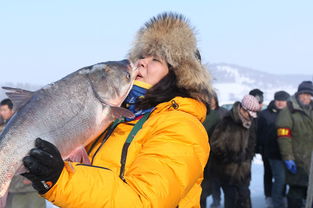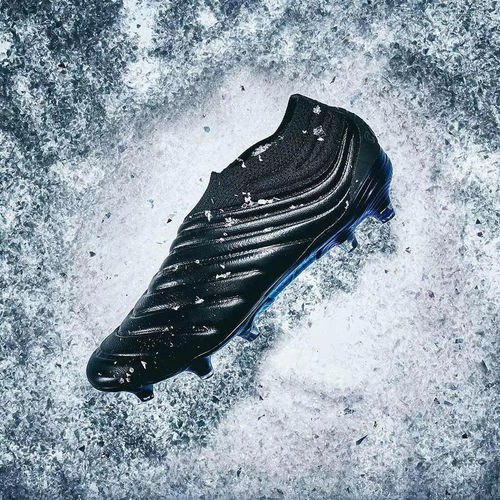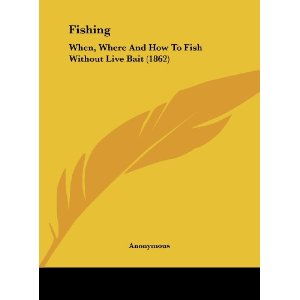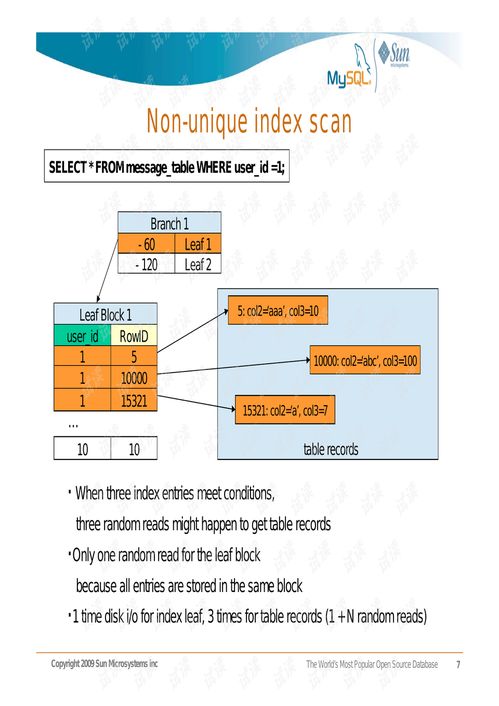The Art of Tackle Swap: Essential Tips for the Fishing Expert
As the old adage goes, "The best fisherman is not the one who catches the most fish, but the one who adapts to the conditions." In the world of fishing, equipment is your primary tool for adapting to different environments and fish species. Whether you're a seasoned angler or a budding enthusiast, understanding how to swap out your tackle effectively can significantly enhance your fishing experience. In this article, we'll delve into the essential tips and tricks that every fishing master should know about changing their equipment.
Understand Your Fishing Goals
Before diving into the world of tackle swap, it's crucial to have a clear understanding of your fishing goals. Are you targeting freshwater or saltwater species? Are you fishing in a river, lake, or the ocean? Different environments require different types of tackle. For instance, you might need heavy-duty equipment for deep-sea fishing and lighter gear for fly fishing in a mountain stream.
Familiarize Yourself with Tackle Terminology
To make informed decisions about your tackle swap, you need to be familiar with the terminology. Here are some key terms to know:
- Reel: The device that holds your fishing line and provides the mechanism for retrieving it.
- Rod: The竿子,which provides leverage and sensitivity for casting and detecting bites.
- Line: The main thread that connects the rod to the lure or bait.
- Leader: A short piece of line that connects the main line to the lure or bait and helps prevent snags.
- Hook: The sharp object attached to the lure or bait that the fish will bite on.
- Lure: An artificial bait designed to mimic the movement of natural prey.
- Bait: Natural food used to attract fish.
Assess Your Current Tackle
Take a good look at your current tackle and evaluate its condition. Are there any signs of wear and tear? Is your line frayed or your hooks dull? Regular maintenance and replacement of worn-out equipment are essential for successful fishing.
Choose the Right Tackle for the Fish

Different fish species have different preferences when it comes to food and habitat. Here are some general guidelines:
- Largemouth Bass: Use a spinning reel with a light to medium-action rod and a 6- to 10-pound test line. Soft plastics, spinnerbaits, and jigs are effective baits.
- Salmon: A heavy-duty rod and reel with a 12- to 20-pound test line are suitable. Live bait like herring or artificial lures like spoons and spinners work well.
- Trout: A fly rod and reel with a 4- to 6-pound test line are ideal. Artificial flies or live bait like worms and minnows are commonly used.
Swap Out Your Line Regularly
Your fishing line is your lifeline to the fish, so it's crucial to swap it out regularly. Here are some signs that it's time for a line change:
- Fraying: If you notice any fraying or thinning, it's time to replace the line.
- Old Age: Even if the line looks okay, it may have been in use for too long and lost some of its strength.
- Tight Knots: Knots that are too tight can weaken the line, so it's best to retie them or replace the line.
Inspect and Replace Hooks
Hooks are the heart of your tackle, and they need to be in top condition. Here's how to inspect and replace hooks:
- Dullness: If the hook is not sharp, it won't hold a fish well. Use a hook sharpener or replace it.
- Bentness: Bent hooks won't set properly and can cause you to lose fish. Straighten them if possible or replace them.
- Corrosion: Corrosion can weaken hooks, so it's best to replace them if you notice any signs of rust.
Adapt to Changing Conditions
Fishing conditions can change rapidly, and being adaptable is key to success. Here are some tips for adapting to changing conditions:
- Wind: Use heavier line and a heavier lure to combat strong winds.
- Water Temperature: Adjust your bait and lure selection based on the water temperature.
- Water Clarity: In murky water, use brighter lures and brighter colors, while in clear water, opt for natural colors.
Invest in Quality Tackle
While it can be tempting to buy the cheapest tackle you can find, investing in quality equipment can pay off in the long run. High-quality tackle is more durable, reliable, and effective, which can lead to more successful fishing trips.
Learn from Others
One of the best ways to improve your tackle swap skills is to learn from others. Join fishing clubs, attend workshops, and watch instructional videos. You'll pick up valuable tips and tricks from experienced anglers.
Practice Makes Perfect
Like any skill, tackle swap requires practice. Spend time experimenting with different types of tackle in various conditions. The more you practice, the more comfortable you'll become with making quick and effective swaps.
In conclusion, mastering the art of tackle swap is an essential skill for any fishing expert. By understanding your fishing goals, familiarizing yourself with tackle terminology, assessing your current equipment, and adapting to changing conditions, you'll be well on your way to becoming a more effective angler. Remember, the best equipment in the world won't catch fish on its own; it's the angler's skill and adaptability that truly make the difference. Happy fishing!












